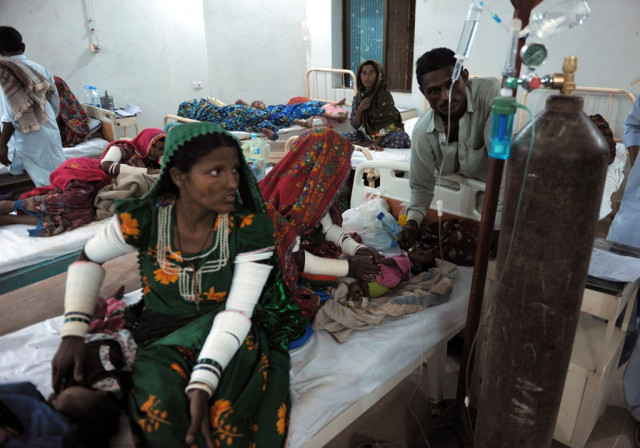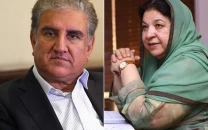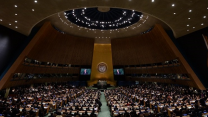Deaths in Thar
The people of Thar live on the margins almost like no other community — those in Balochistan excepted

The members of the commission — to their credit — did not conduct a lazy desktop exercise; they went to Thar and talked to those caught up in the crisis at first hand. They talked to families that had lost children, doctors, civil servants and various health experts, as well as elected representatives. Thar, like much of Balochistan, and for many of the same political and socio-economic reasons, has long been neglected by successive governments. A member of the commission, Justice Zahid Kurban Alavi, was forthright. He wondered at the fact that two former chief ministers of Sindh and a prime minister all had their origins in the area, but had done little or nothing for its uplift. Sitting parliamentarians have been given millions of rupees to disburse on development projects, but there was little evidence of the money being spent effectively on the ground. Justice Alavi commented wryly that if Pakistan is able to move natural gas from Sui to Quetta across mountainous terrain, then it should not be impossible to transport potable water to the people of Thar.
A paucity of medical facilities in the area was of particular note, says the commission report, and fewer would have died had there been adequate medical facilities — along with the lack of a comprehensive strategy to deal with what is a recurrent problem — a comment that goes to the heart of disaster management and preparedness planning in Pakistan. Although there is a National Disaster Management Authority (NDMA) at the federal level, there are provincial agencies that may have primacy in operational and planning terms, which are of variable quality and efficiency. Coordination between federal and provincial agencies is legendary in its dysfunctionality and the politicisation of aid and relief is endemic.
The Thar deaths this year, though much regretted, are fewer than in 2011 when 439 died, and 2013, when there were 588 deaths — these are just the deaths reported at the Mithi hospital and it is reasonably assumed that there are uncounted others who died for a combination of reasons, but mostly dehydration and the diseases of malnutrition. To be fair, the commission also noted that there were difficulties in appointing doctors to the area, which is deeply unattractive as a posting. The Sindh health secretary pointed out that 53 doctors had been recruited to the Mithi hospital, but only 20 had reported for duty. He added that there were cultural resistances to using mainstream medical and pre-and-post natal medical services, with people preferring to use traditional birth attendants over trained midwives and doctors.
Subsequent to the report, the prime minister has taken note and on October 30 ordered the army to arrange food and medical supplies for the affected people. At best, this is a stopgap solution, welcome though it is. The people of Thar live on the margins almost like no other community — those in Balochistan excepted. Pakistan is long overdue for developing a national strategy for arid-area populations because this is a problem that may never go away.
Published in The Express Tribune, November 1st, 2014.
Like Opinion & Editorial on Facebook, follow @ETOpEd on Twitter to receive all updates on all our daily pieces.



















COMMENTS
Comments are moderated and generally will be posted if they are on-topic and not abusive.
For more information, please see our Comments FAQ